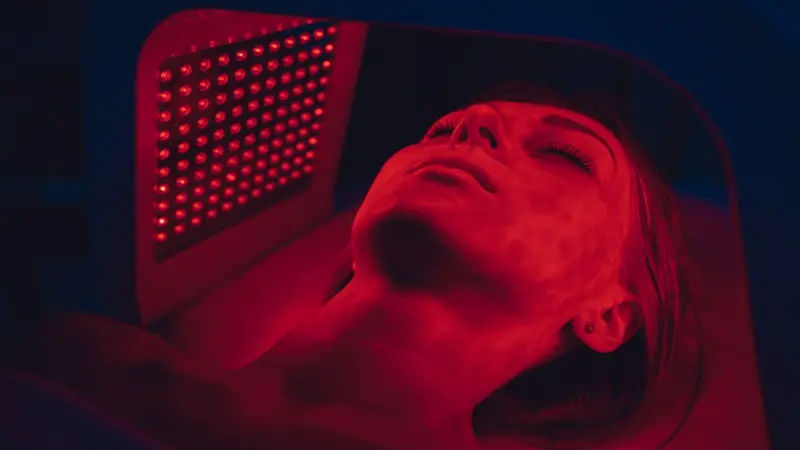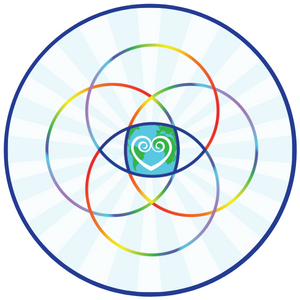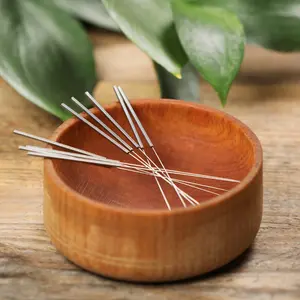

Complementary and Alternative Medicine (CAM)

Complementary and Alternative Medicine (CAM)
Light Therapy Applications
Photobiomodulation (PBM), also called low-level light therapy, is a gentle, noninvasive treatment that uses certain wavelengths of light to affect cells and support healing. In recent years, PBM has gained a lot of attention in dermatology because it is safe, has few side effects, and can be used for many different skin problems. Red light therapy is a well-known form of PBM.
A recent review looked at studies and clinical trials from the past six years that focused on PBM, including both light-emitting diode (LED) light therapy and low-level laser therapy. Researchers explained how PBM works on a cellular level. Natural molecules in the skin, called chromophores, absorb the light. This starts a series of biological changes that can lower inflammation, increase the energy production of cells, and help tissues repair themselves.
PBM has been shown to help with many common skin issues. These include acne, different types of hair loss (both androgenic and scarring forms), skin damage from radiation treatment, and post-surgical lymphedema. It also supports wound healing, improves the look of scars, and has anti-aging effects by helping the skin produce more collagen and elastin. For acne, blue light specifically reduces bacteria and oil production, while red and near-infrared light support tissue repair.
One of the areas where PBM has the strongest evidence is in treating skin damage from cancer therapies. Clinical trials have confirmed that it can reduce the severity and pain of radiation dermatitis. PBM also shows promise for chronic wounds, eczema, burns, and even improving overall skin tone and texture.
PBM is generally considered safe for all skin types and ages. However, there are still no standardized treatment guidelines. Light-based treatments are already common in dermatology, and PBM builds on that foundation with newer, easier-to-access technologies, including devices that can be used at home.
PBM is a growing and exciting option in skin care. With more research and clearer treatment guidelines, it could become a common choice for treating many skin conditions in both clinics and home settings.


 By
By







